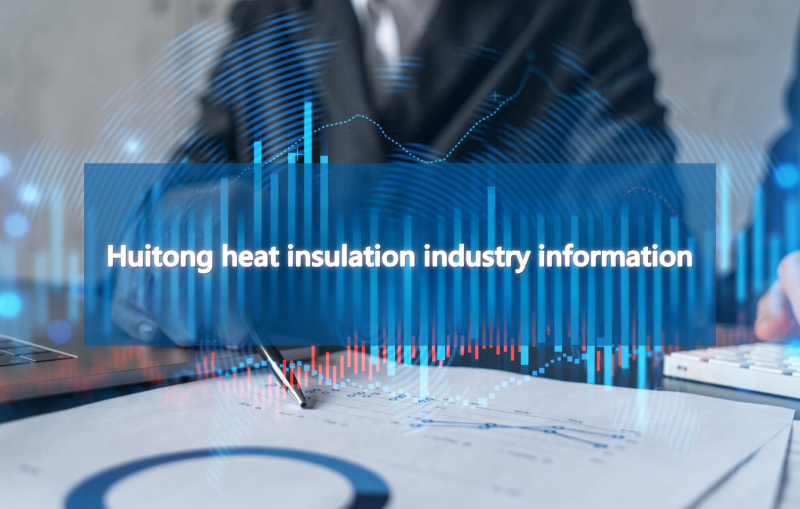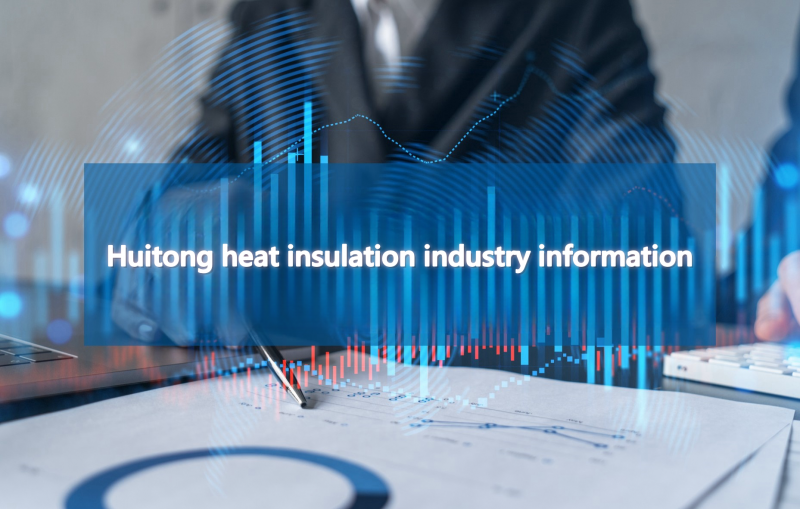Establishing Guidelines for Foam Glass Insulation Boards and Methods for Foam Glass Material Insulation
Recently, some authoritative experts in China have proposed establishing guidelines for foam glass insulation boards, primarily because, in some regions, there has been chaos in the market for foam glass insulation boards. Experts analyze that some building fires are not only related to exterior insulation materials but also intricately linked to construction management, material management, safety management, and construction procedures.Previously, relevant departments had made decisions regarding new fireproof foam glass insulation boards. However, many manufacturers of foam glass insulation boards were affected, facing obstacles in their sales. Due to the lack of unified standards for some new types of external insulation materials, companies created their own enterprise standards, but the time for standard filing is generally prolonged, which can hinder production.Foam glass is used as wall insulation material, replacing red bricks, reducing wall thickness, and saving energy, which indirectly expands the usable area while decreasing the self-weight of the building. When installed, regular cement mortar or polymer cement mortar is used for adhesion, providing strong bonding. If used as an external wall coating, simply apply a layer of cement mortar over the foam glass layer for leveling. If using colored foam glass, it can be cut into specific shapes, directly bonded with polymer cement mortar.Foam glass insulation bricks can be adhered to walls or ceilings using adhesives, leveled, and then painted with decorative coatings. Wood wool boards can also serve as insulation layers. Wood wool boards act as sound-absorbing materials and are often seen on theater and cinema walls. However, this material is relatively expensive and is suitable when rooms require both insulation and sound absorption. Alternatively, battens can be installed on the wall, filled with insulation materials such as mineral wool, and then covered with gypsum boards. This method requires tight coverage to prevent dust leakage.












